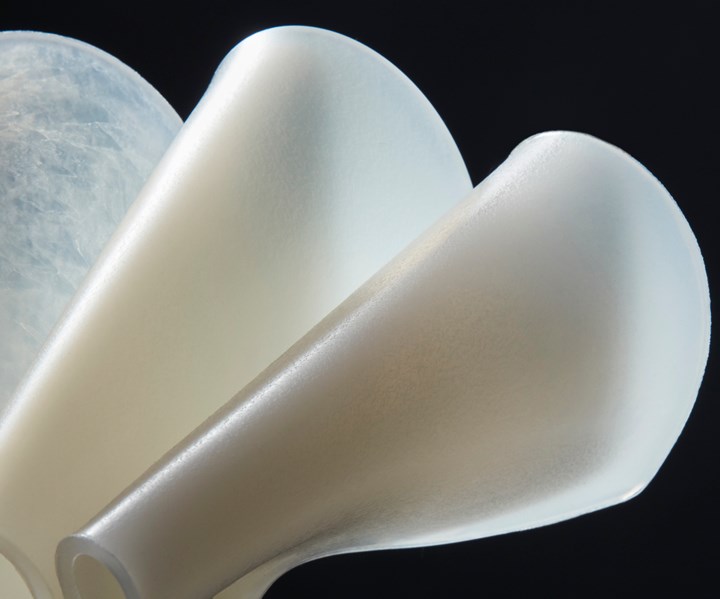Bio-derived thermoplastic elastomers designed for overmolding
PolyOne’s reSound OM thermoplastic elastomers, derived from sugarcane, are said to offer hardness levels and performance comparable to standard TPEs.

Source | PolyOne
PolyOne (Avon Lake, Ohio, U.S.) has launched its reSound OM (overmolding) thermoplastic elastomers (TPEs), the latest addition to its sustainable solutions portfolio. These new formulations, which comprise between 40-50% content derived from sugarcane — are said to offer hardness levels and performance comparable to standard TPEs.
According to the company, reSound OM addresses the goal of OEMs — particularly those who manufacture consumer products — to materials into their product designs that are both environmentally responsible and meet functional requirements.
The product portfolio consists of four overmolding grades compatible with rigid polypropylene, as well as one grade suited for overmolding onto ABS. All grades are formulated for durability, and are said to deliver property retention and UV resistance that are comparable to traditional TPEs.
The new grades also feature easy colorability for applications such as cosmetics packaging, personal care products and consumer electronics. With an opaque natural color, all reSound OM materials can either use traditional TPE colorants or be paired with sustainable colorants from PolyOne.
Related Content
-
Plant tour: Albany Engineered Composites, Rochester, N.H., U.S.
Efficient, high-quality, well-controlled composites manufacturing at volume is the mantra for this 3D weaving specialist.
-
Composites manufacturing for general aviation aircraft
General aviation, certified and experimental, has increasingly embraced composites over the decades, a path further driven by leveraged innovation in materials and processes and the evolving AAM market.
-
Plant tour: Airbus, Illescas, Spain
Airbus’ Illescas facility, featuring highly automated composites processes for the A350 lower wing cover and one-piece Section 19 fuselage barrels, works toward production ramp-ups and next-generation aircraft.

.jpg;width=70;height=70;mode=crop)














